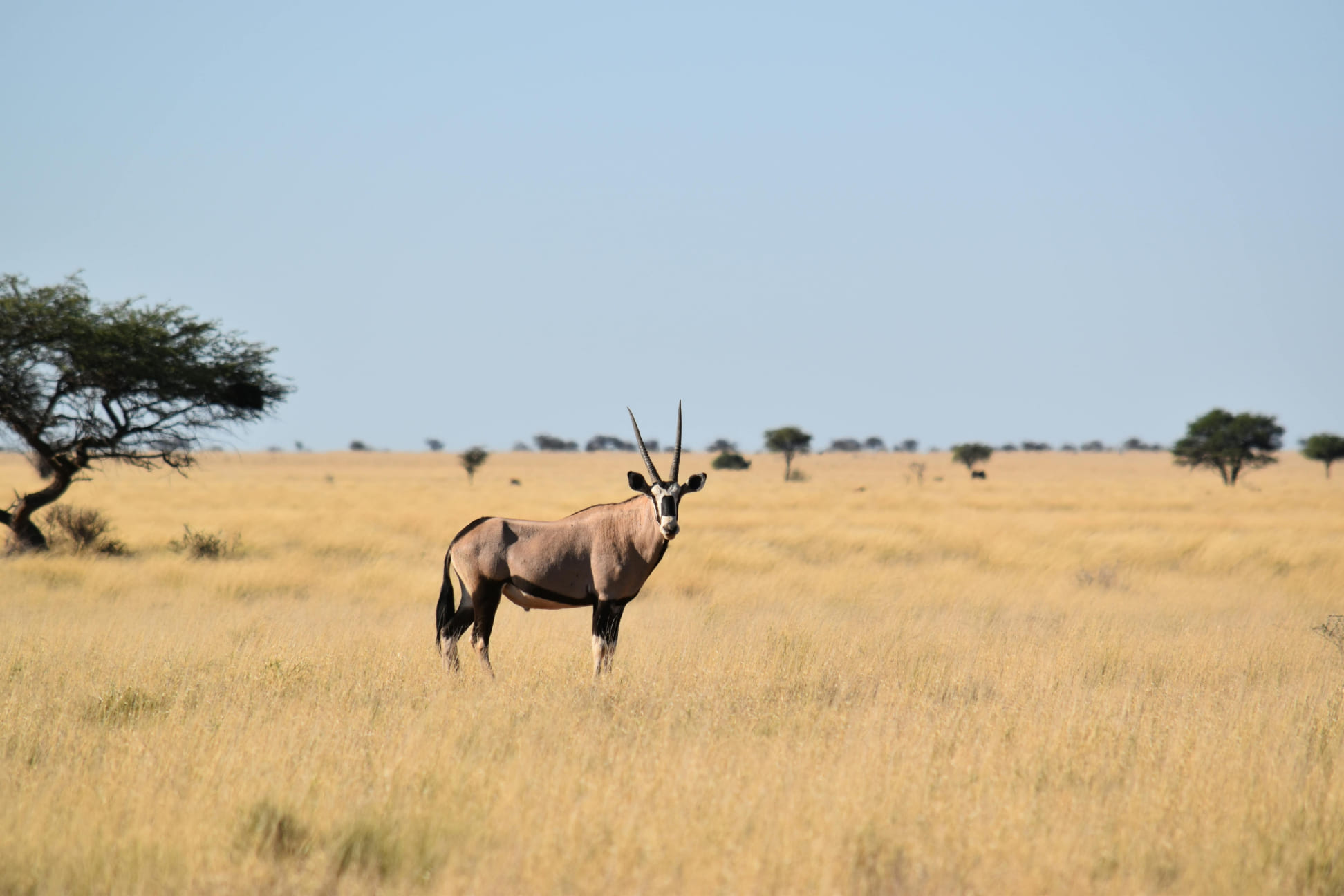The Graceful Gazelle: Speed and Agility in the Open Plains
Gazelles are elegant, medium-sized antelopes known for their slender bodies, long legs, and graceful movements. Primarily found in the grasslands and savannas of Africa, as well as parts of Asia, gazelles are adapted to life in open landscapes where they rely on their speed and agility to evade predators. Their natural beauty and high-speed sprints make them a favorite sight among wildlife enthusiasts.
Physical Characteristics and Behavior
Gazelles are built for speed, with lightweight bodies and powerful legs that allow them to run at speeds of up to 60 miles per hour. When threatened, they perform a unique behavior known as “stotting” or “pronking,” where they leap into the air with all four legs stiff, which may serve to confuse predators or signal strength. Gazelles are herbivores, grazing on grasses and browsing on shrubs, which helps maintain the health of the savanna ecosystem.
Role in the Ecosystem
As primary prey animals for predators like lions, cheetahs, and leopards, gazelles are an essential component of the food chain. Their grazing habits prevent overgrowth of grasses, promoting plant diversity and supporting other herbivores. Additionally, by moving in herds, gazelles help aerate the soil, which benefits plant regeneration and overall ecosystem health. They are a keystone species in their habitat, contributing to the balance of life on the savannas.
Conservation and Threats
While many gazelle species are relatively abundant, some, like the dama gazelle, are critically endangered due to habitat loss, hunting, and competition with livestock. Conservation efforts for endangered gazelles focus on protecting their habitats, reducing hunting pressures, and working with local communities to encourage sustainable land use. By preserving gazelle populations, we help maintain the biodiversity and resilience of grassland ecosystems where many species depend on these graceful animals.
